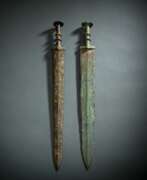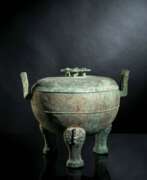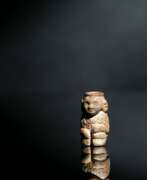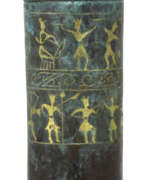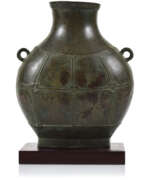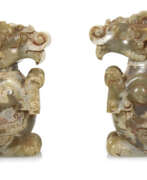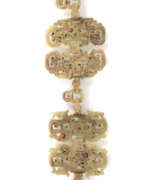Eastern Zhou Dynasty

Eastern Zhou Dynasty
The Eastern Zhou Dynasty, spanning from 770 BC to 256 BC, was a significant historical period in Chinese history. This era, following the relocation of the capital to Luoyang, marked China's transition into the Iron Age. It was characterized by remarkable advancements in agriculture, thanks to the introduction of iron tools, and the development of handicrafts and commerce. The Eastern Zhou Dynasty was divided into two distinct periods: the Spring and Autumn period and the Warring States period, each marked by its own set of political and cultural dynamics.
During the Spring and Autumn period, the Zhou royal family witnessed a gradual decline in their power, with local vassals gaining strength and autonomy. This period saw the emergence of significant political figures and reformers like Duke Huan of Qi and Shang Yang, whose policies and military strategies were instrumental in shaping the era. Despite the weakening of central authority, this era was notable for its cultural and intellectual richness. It was a time of great philosophers, including Confucius, Laozi, and Mozi, whose teachings of Confucianism, Taoism, and Mohism, respectively, have left an indelible mark on Chinese thought and society.
The Warring States period was characterized by intense and frequent conflicts among seven major states: Qi, Chu, Yan, Han, Zhao, Wei, and Qin. These states, known as "the Seven Overlords," engaged in a series of political reforms and military expansions, leading to significant social and economic development. This era culminated in the unification of China under the Qin Dynasty in 221 BC.
Art and culture thrived during the Eastern Zhou Dynasty, with advancements in architecture, sculpture, and painting. Examples of Eastern Zhou art, such as the ceremonial bronze gui and intricately designed jade and lacquer works, showcase the era's sophistication and skill. Many of these artifacts are now treasured in museums worldwide, offering a glimpse into the rich cultural heritage of this period.
For collectors and experts in art and antiques, the Eastern Zhou Dynasty represents a fascinating and pivotal era in Chinese history. Its contributions to culture, philosophy, and the arts continue to influence and inspire.
Stay updated with the latest in Eastern Zhou Dynasty art and collectibles. Sign up for our newsletter to receive exclusive information on new product sales and upcoming auction events related to this remarkable period in Chinese history.
| Country: | Asia, China |
|---|---|
| Start of the period: | 770 BC |
| End of the period: | 256 BC |

